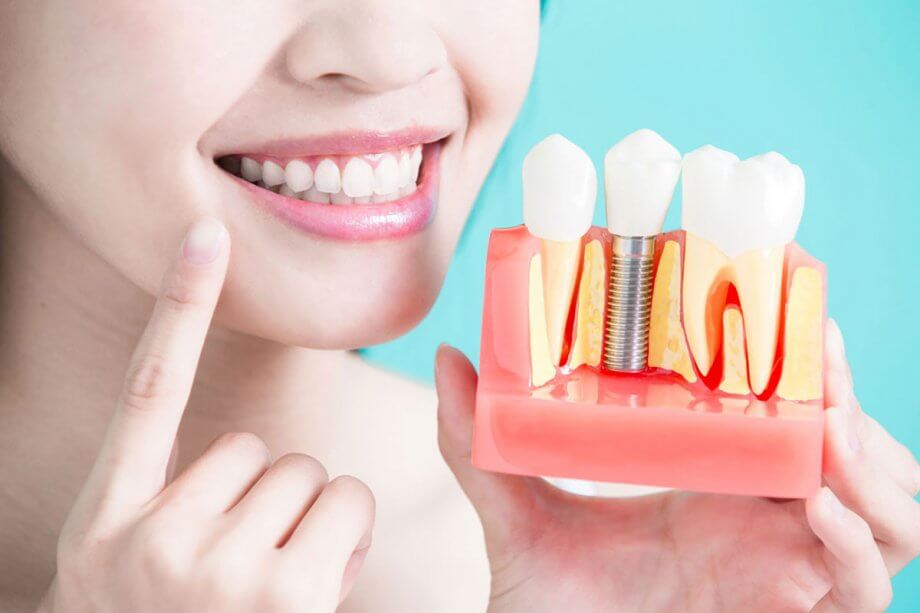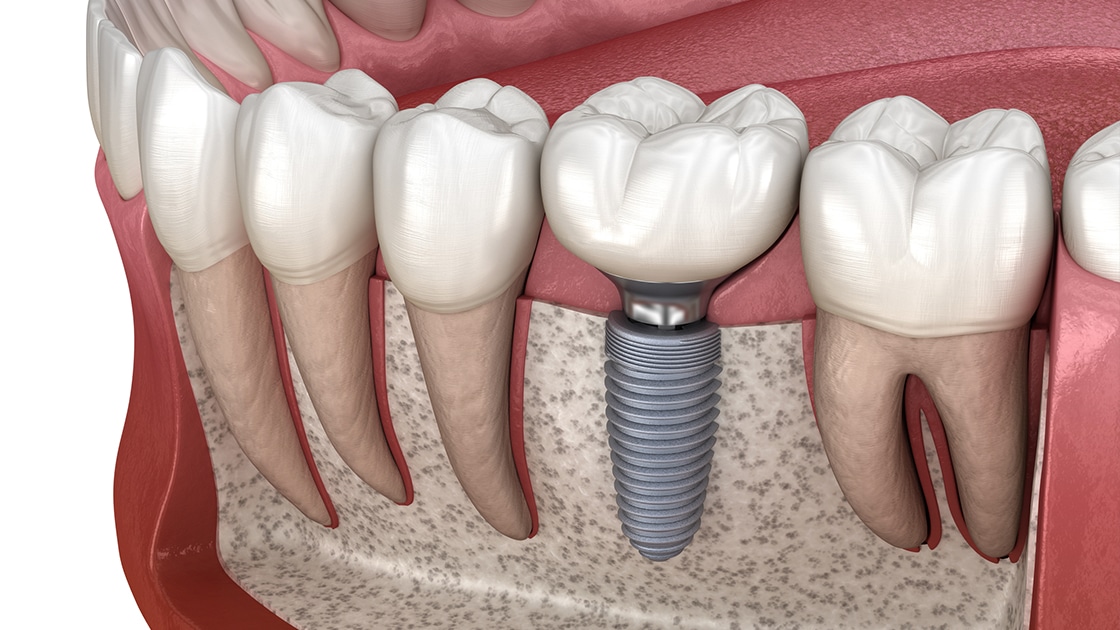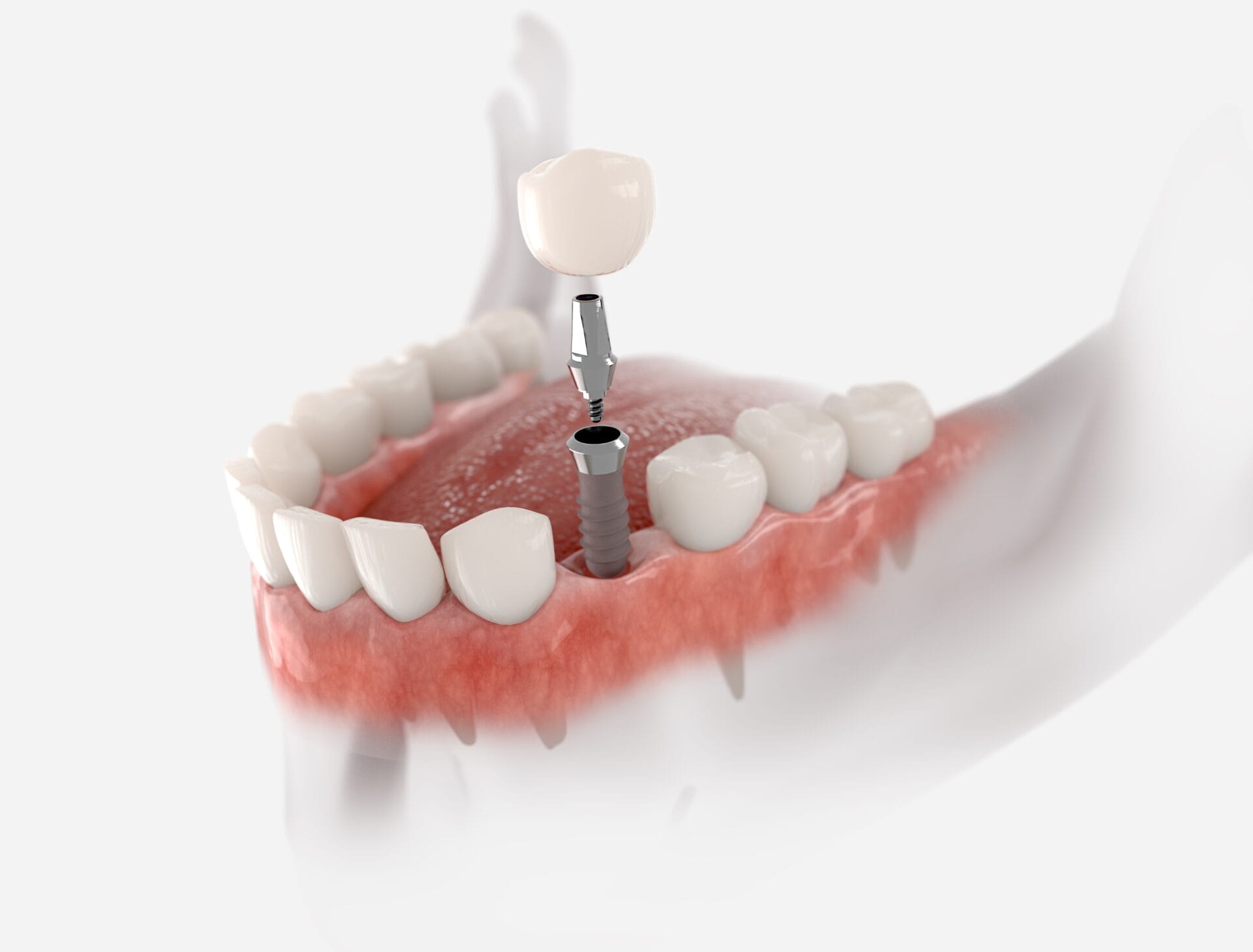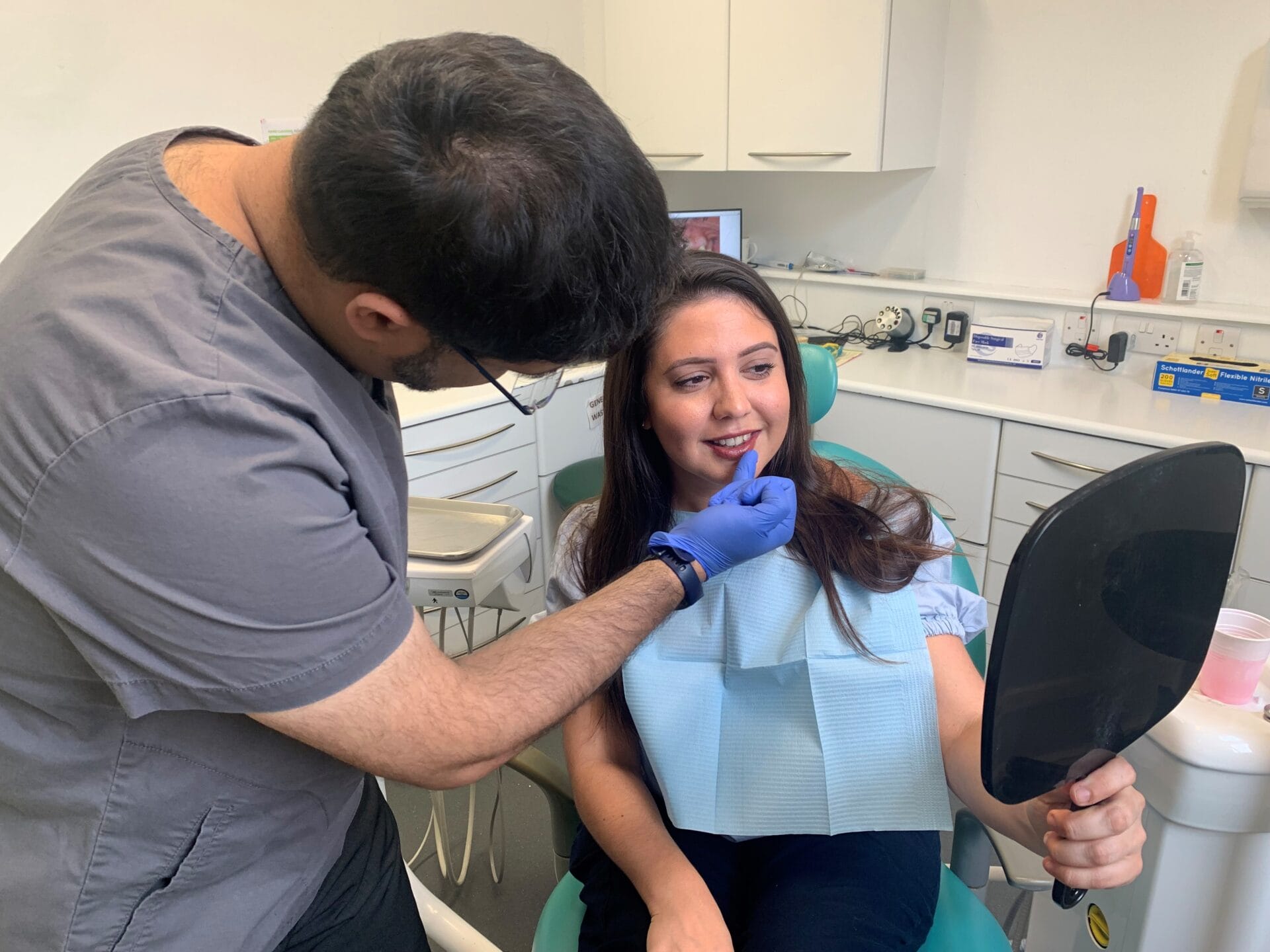Recover Your Smile with Dental Implants Kent: Expert Solutions
Recover Your Smile with Dental Implants Kent: Expert Solutions
Blog Article
Experience the Most Recent Developments in Dental Implants Modern Technology
As the field of dental care proceeds to advance, the innovations in dental implant innovation have been absolutely nothing brief of exceptional. The integration of technology is changing the performance of dental implants, assuring improved outcomes and client complete satisfaction.
Advanced Materials for Improved Sturdiness
In the realm of dental implants innovation, the assimilation of advanced materials has actually considerably added to improving durability and durability of these vital dental prosthetics. The use of products such as titanium alloys, zirconia, and ceramic substances has actually transformed the area by offering enhanced toughness, biocompatibility, and resistance to corrosion.
Titanium alloys are commonly made use of in dental implants because of their outstanding strength-to-weight ratio, rust resistance, and compatibility with the body. These alloys make certain the stability and durability of the dental implant by standing up to the forces put in throughout talking and chewing, supplying a trustworthy service for people seeking sturdy tooth substitutes.
Zirconia, a kind of ceramic material, has gotten popularity for its biocompatibility and natural tooth-like look. Its high stamina and resistance to wear make it a suitable choice for dental crowns and bridges, improving the total visual appeals and capability of the dental implant.

Digital Imaging for Accurate Positioning
The advancement of oral implants technology has further advanced with the combination of digital imaging techniques, making certain specific positioning of these prosthetics for optimal useful and aesthetic outcomes. Digital imaging plays a crucial duty in the planning and positioning of oral implants by offering thorough 3D pictures of the individual's jawbone structure. This technology enables dental professionals to evaluate bone thickness, locate crucial frameworks, and prepare the precise placement and angle for dental implant placement with unmatched accuracy.
By utilizing electronic imaging, dentists can develop virtual surgical guides that function as a roadmap during the implant placement treatment. These guides are personalized for each and every person, taking right into account their special composition and the wanted result. This degree of accuracy not just enhances the success price of oral implant procedures however likewise lowers the danger of difficulties.
Furthermore, digital imaging enables dental experts to imagine the final prosthetic repair prior to the real placement of implants, permitting precise planning and making certain that the outcome fulfills the person's aesthetic expectations. In general, the assimilation of digital imaging modern technology has actually revolutionized the field of dental implants, offering patients a more predictable, effective, and patient-specific treatment strategy.

Minimally Invasive Surgical Techniques


Improvements in medical approaches have caused the growth of minimally invasive techniques in the area of oral implantology. These techniques intend to lower injury to the person, shorten recovery times, and enhance total treatment outcomes. Minimally invasive surgical procedures entail smaller cuts, specialized instruments, and advanced imaging innovations to specifically position oral implants with minimal disturbance to surrounding cells.
One key facet of minimally invasive techniques is the use of directed surgical procedure, where 3D imaging and computer-aided layout software application are utilized to plan the implant positioning with fantastic precision. This allows for a more foreseeable end result and can commonly eliminate the requirement for considerable flap surgical procedure.
Moreover, developments in materials and dental implant style have actually additionally added to the success of minimally invasive approaches. Implants with improved surface buildings promote quicker osseointegration, reducing the healing Related Site time needed before the prosthetic remediation can be placed.
3D Printing for Personalized Solutions
Using 3D printing innovation in oral implantology enables the creation of highly customized options customized to individual person demands and physiological variations. This sophisticated modern technology makes it possible for oral specialists to develop and fabricate dental implants with phenomenal accuracy and accuracy. By utilizing digital imaging strategies, such as cone light beam calculated tomography (CBCT), comprehensive 3D versions of the person's oral tooth cavity can be generated to direct the dental implant planning procedure.
Among the vital advantages of 3D printing in oral implantology is the capability to develop patient-specific implants that completely fit the special anatomy of each individual. This individualized technique assists boost the total success and longevity of the implant by ensuring optimal fit and alignment. Furthermore, 3D printing enables the manufacturing of intricate geometries and intricate frameworks that would be difficult or difficult to read this post here achieve making use of conventional manufacturing methods.
Additionally, 3D printing modern technology enables dental experts to simplify the implantation procedure, minimizing surgical procedure time and enhancing general person experience. With its capability to create tailored options quickly and successfully, 3D printing is changing the field of dental implantology, offering individuals ingenious treatment options and boosted end results.
Integrated Innovation for Improved Functionality
Executing advanced modern technology in dental implantology boosts performance and accuracy, boosting the criterion of care for people going through dental implant procedures. Integrated innovation plays an important function in boosting the overall success and toughness of dental implants.
Additionally, the integration of wikipedia reference computer-aided style and computer-aided production (CAD/CAM) innovation makes it possible for the production of custom-made implant restorations with remarkable accuracy. CAD/CAM systems use electronic impacts to develop prosthetics that perfectly fit the individual's distinct makeup, ensuring ideal comfort and functionality. In addition, using robotic-assisted surgical treatment in implant positioning enhances accuracy and decreases the threat of human mistake.
Conclusion
Finally, the most recent advancements in oral implants technology deal improved sturdiness through advanced products, accurate positioning with digital imaging, minimally intrusive surgical methods, personalized solutions with 3D printing, and boosted functionality with incorporated innovation - Dental implants Kent. These developments in oral implants innovation are revolutionizing the field and giving clients with even more efficient and efficient treatment choices for recovering their smiles and oral health
The assimilation of modern technology is reinventing the performance of dental implants, promising boosted outcomes and patient contentment.
The advancement of dental implants innovation has even more advanced with the assimilation of electronic imaging methods, making sure specific placement of these prosthetics for optimal useful and aesthetic end results. Minimally intrusive surgical treatments involve smaller incisions, specialized instruments, and progressed imaging modern technologies to exactly position oral implants with minimal interruption to surrounding cells.
Applying innovative innovation in dental implantology enhances functionality and precision, boosting the criterion of treatment for individuals undertaking implant treatments. Dental implants Kent. Integrated innovation plays a critical duty in enhancing the overall success and resilience of oral implants
Report this page